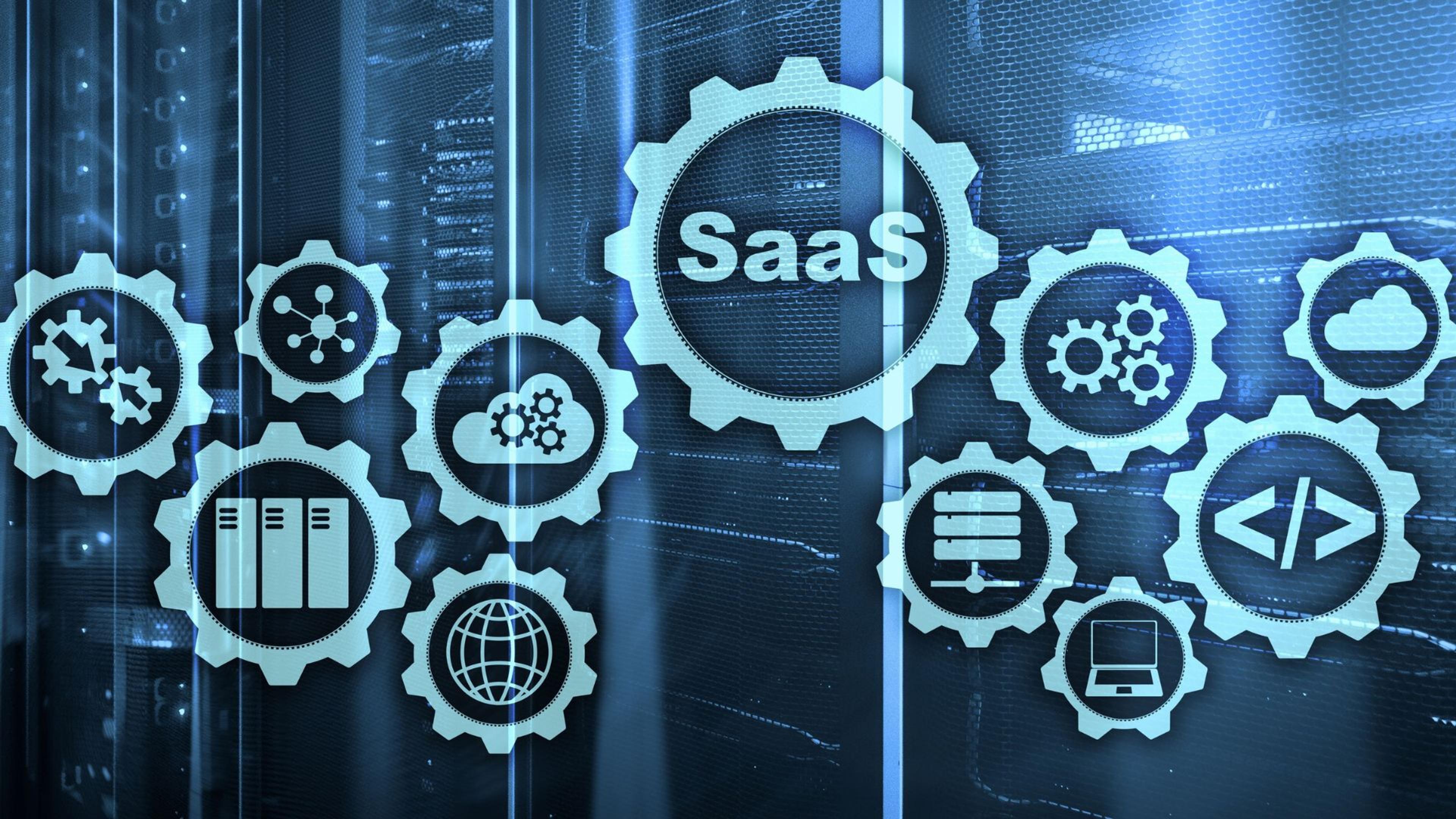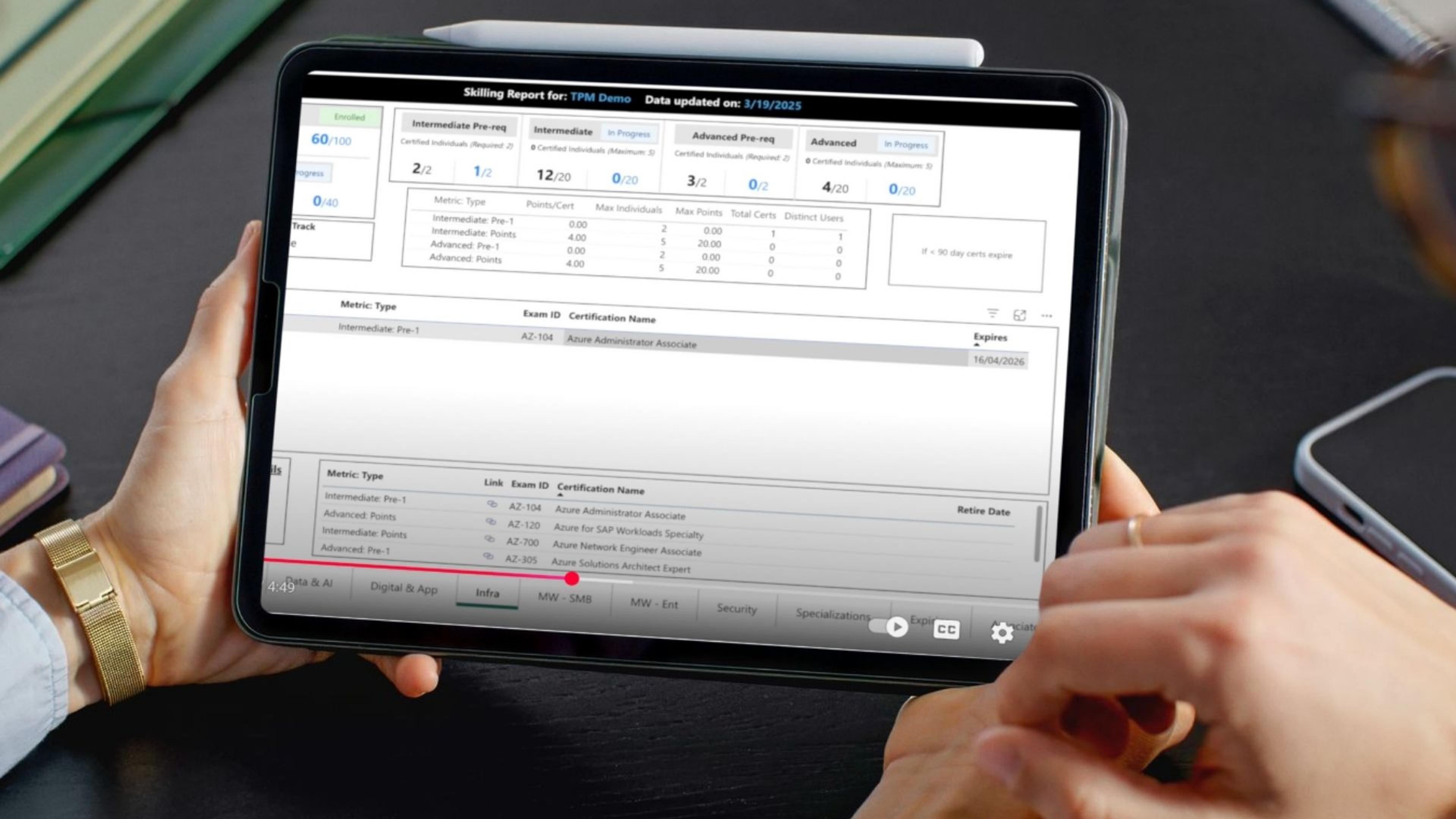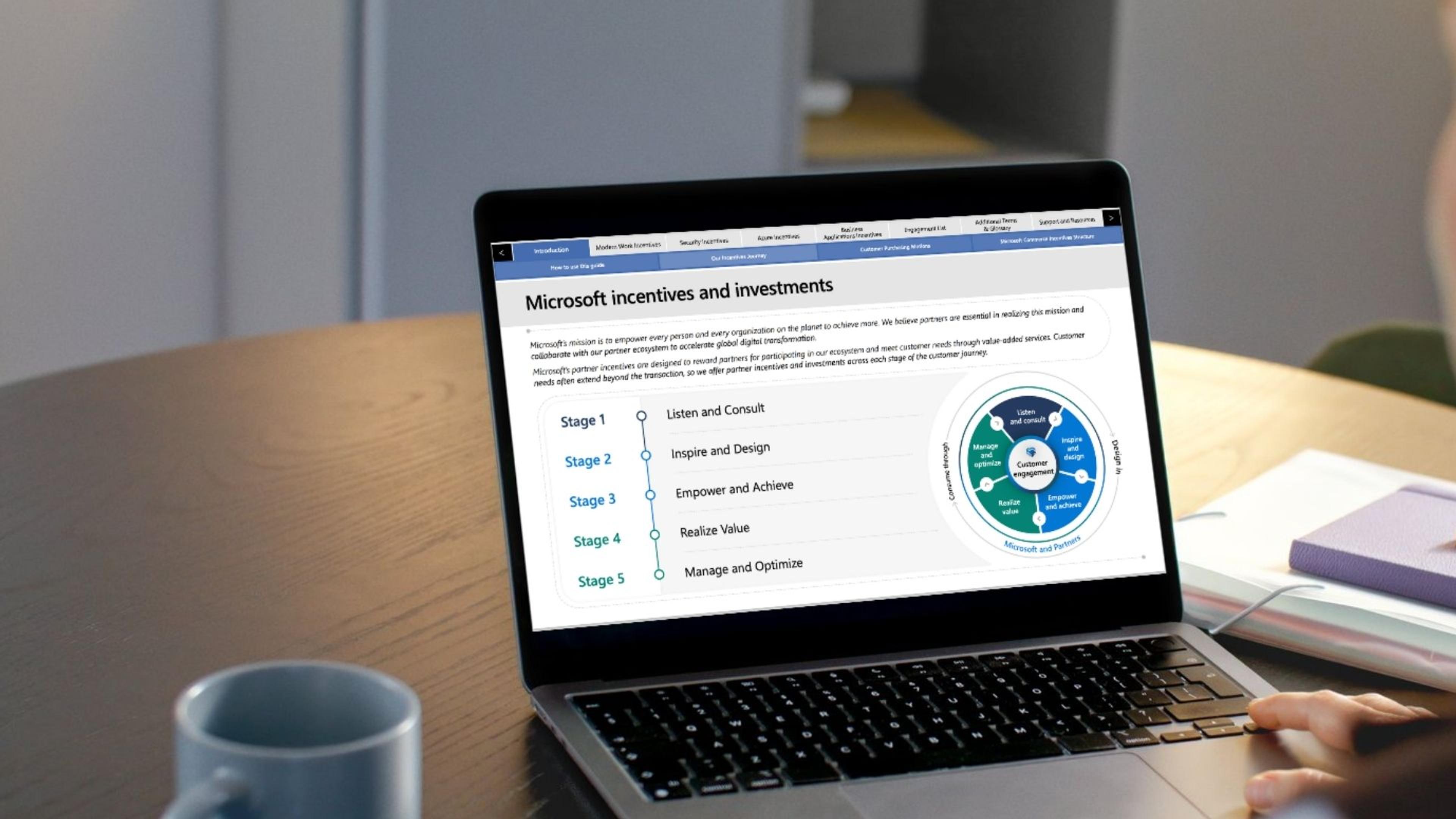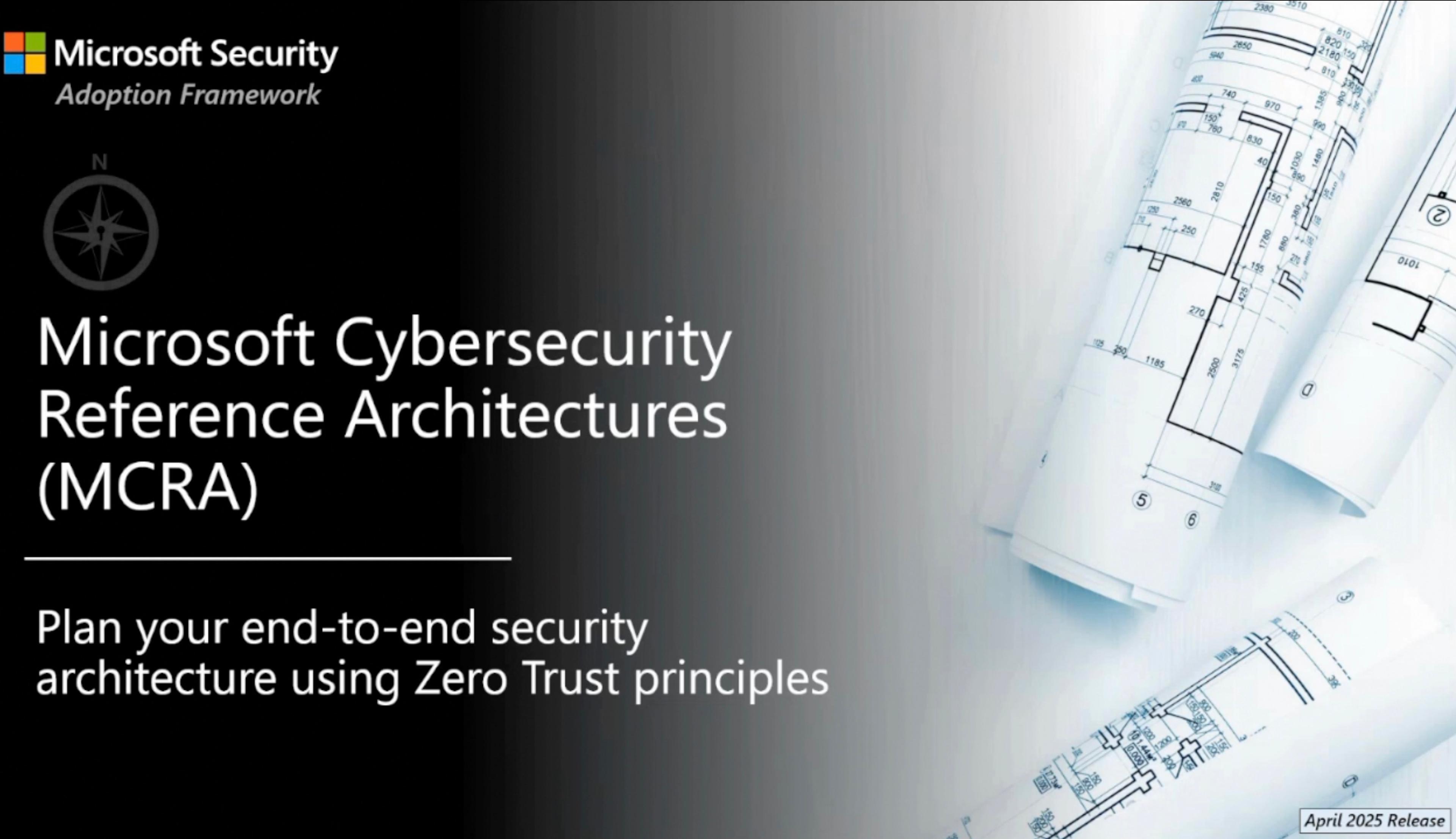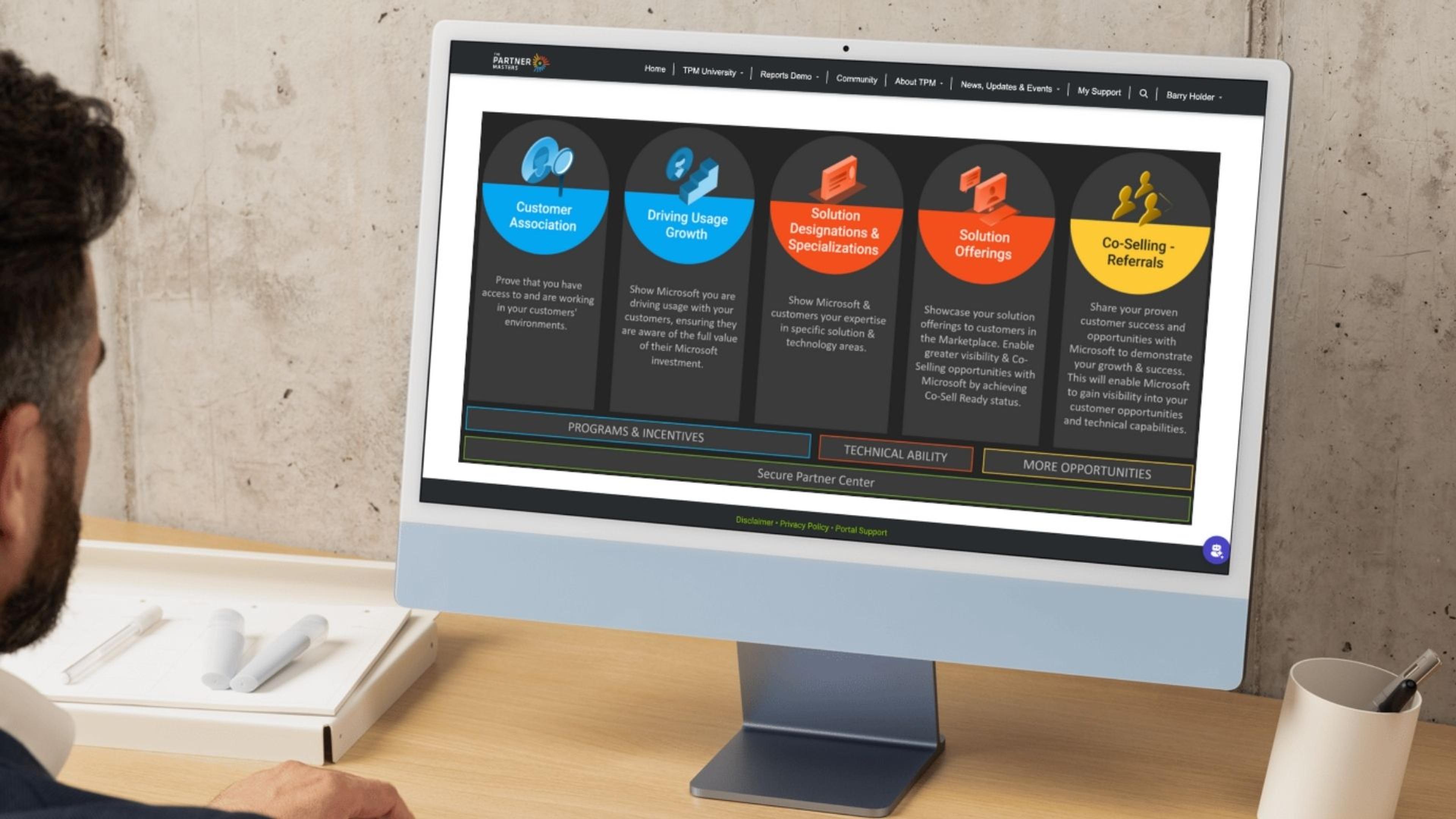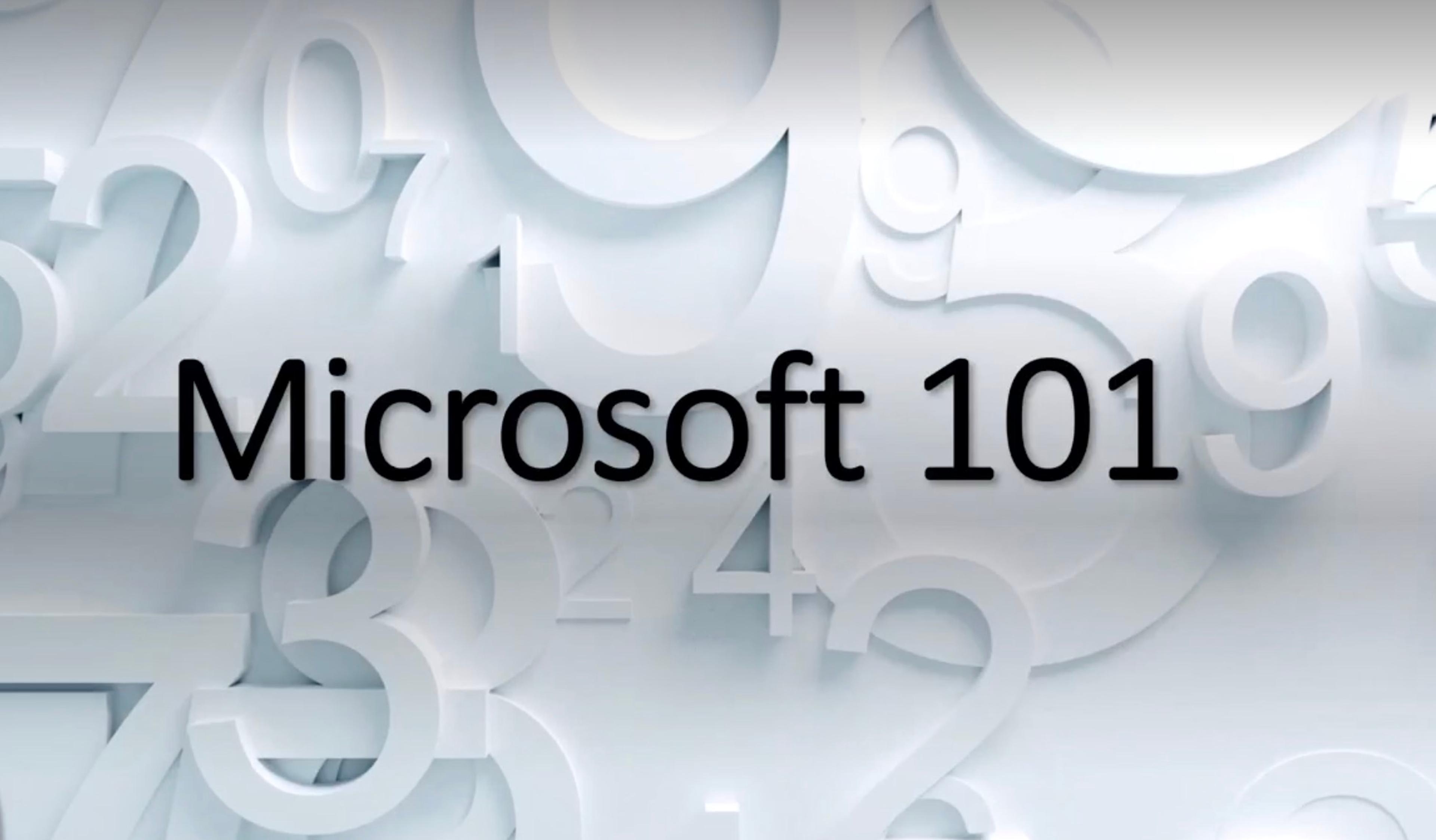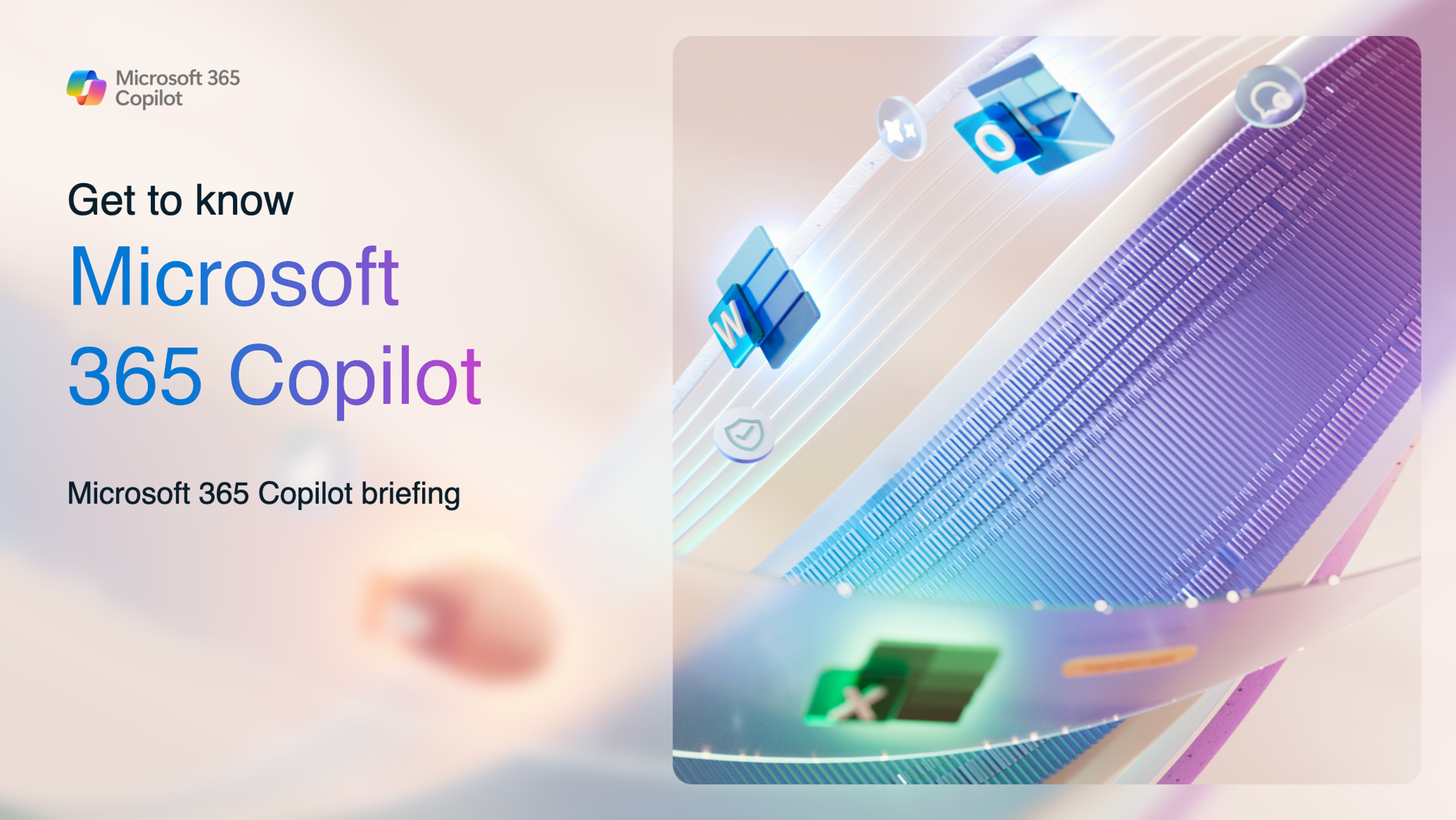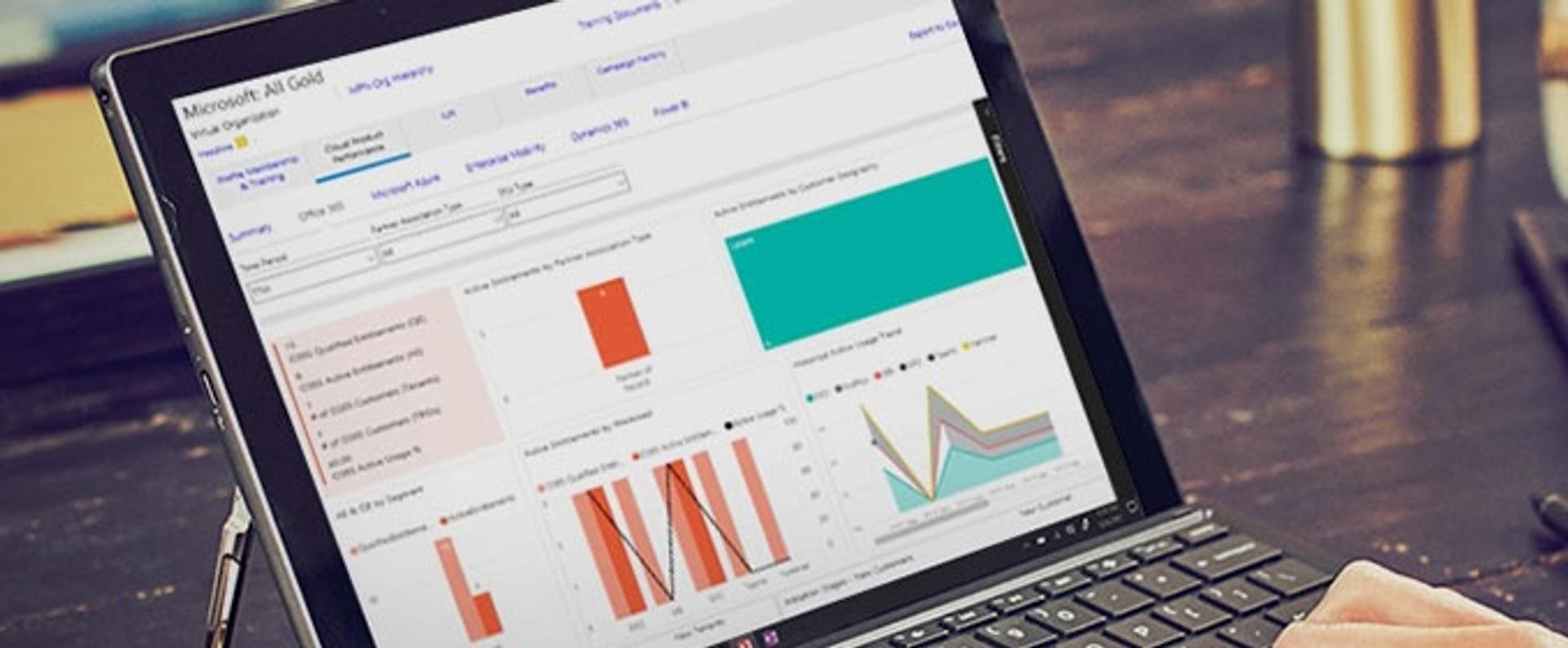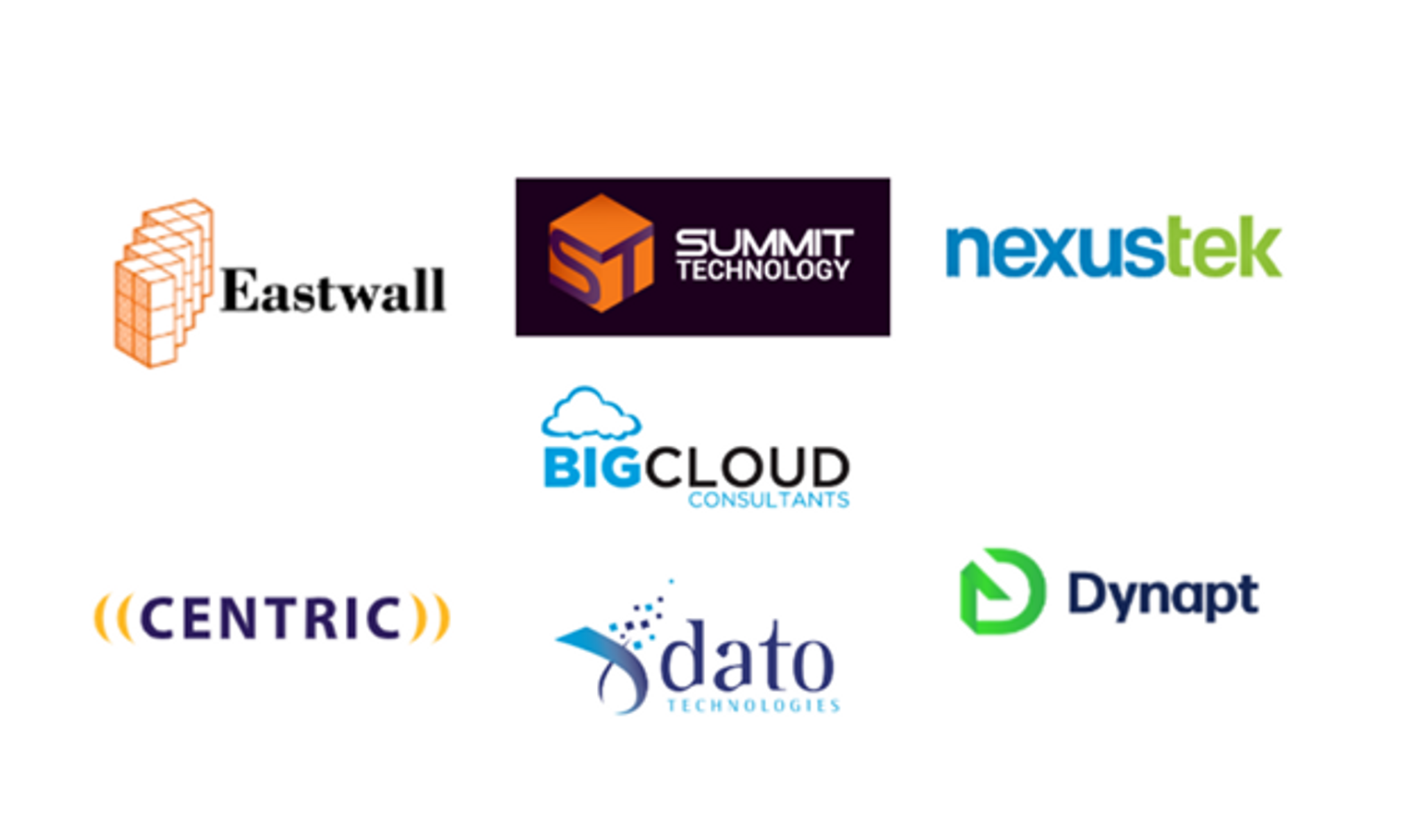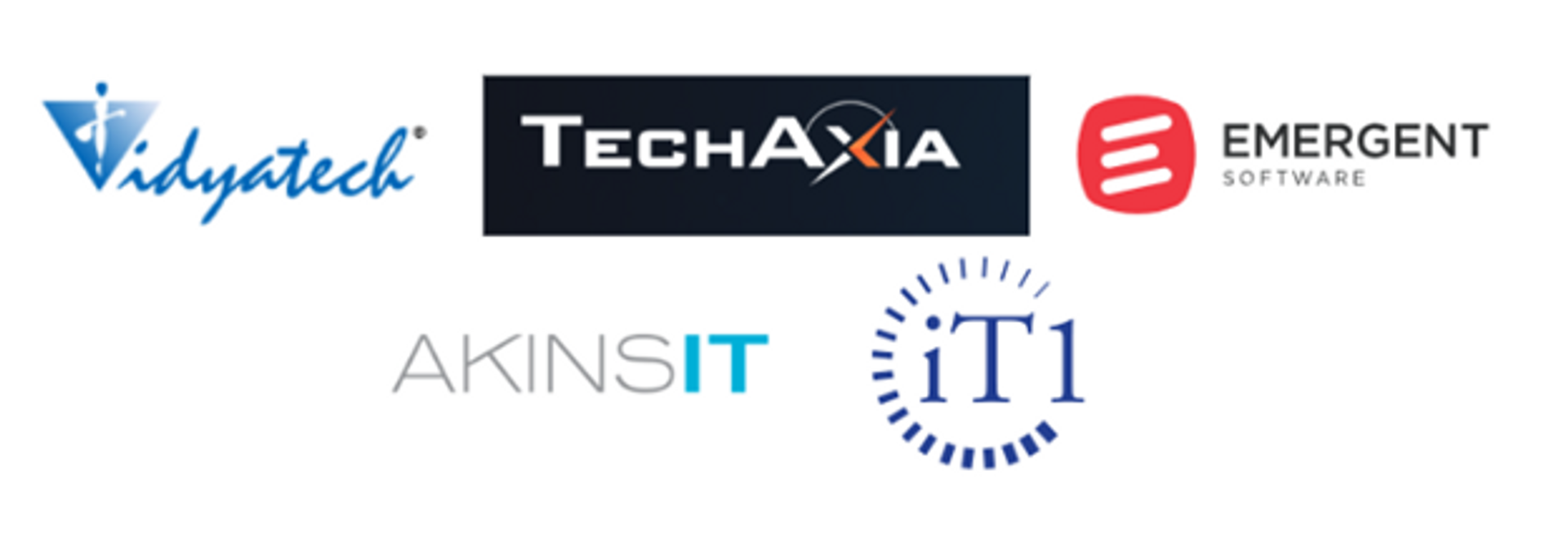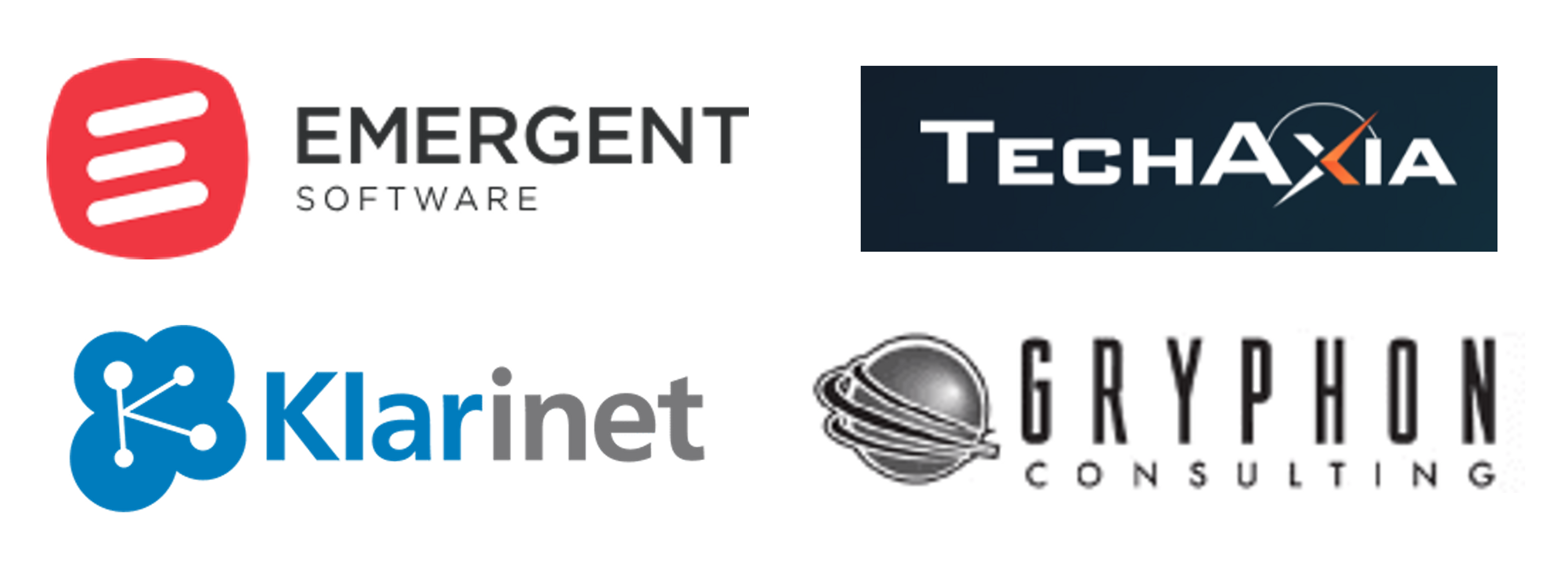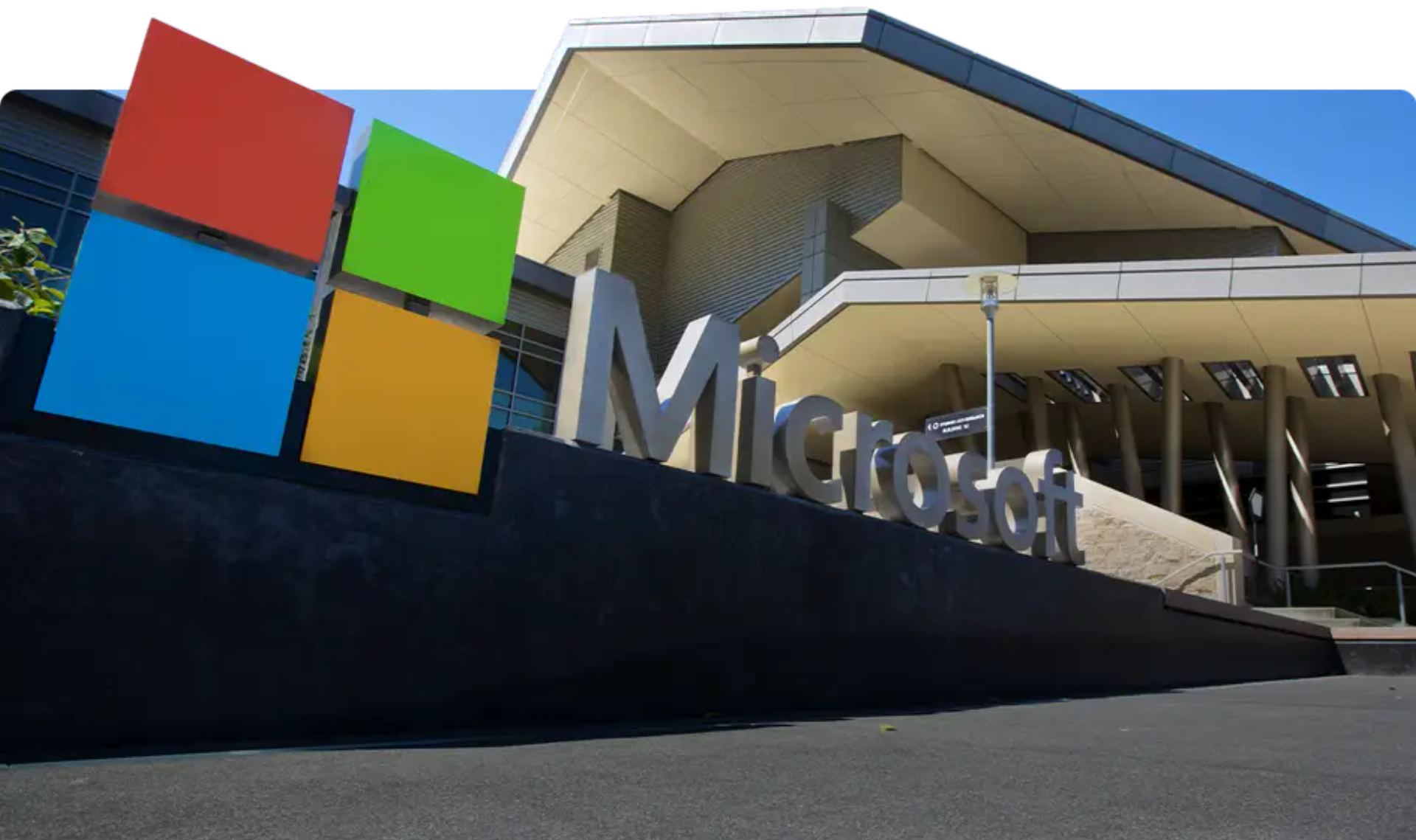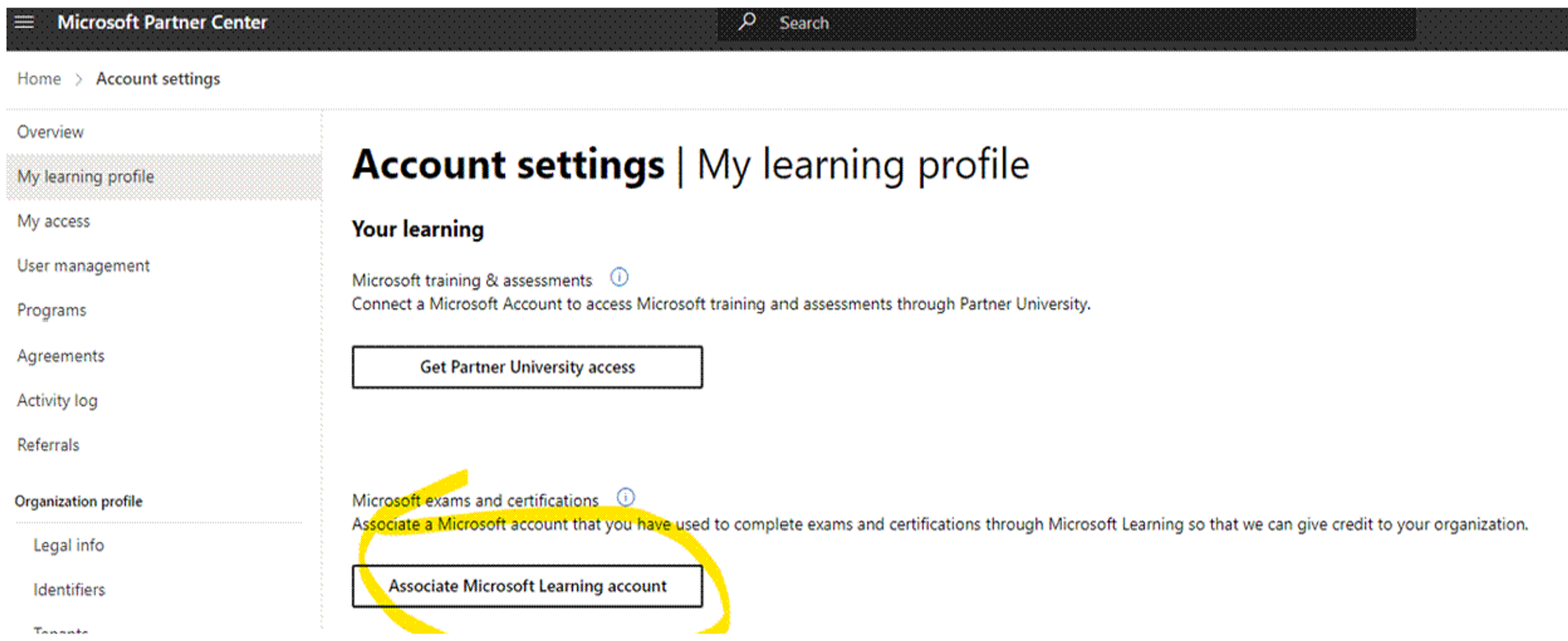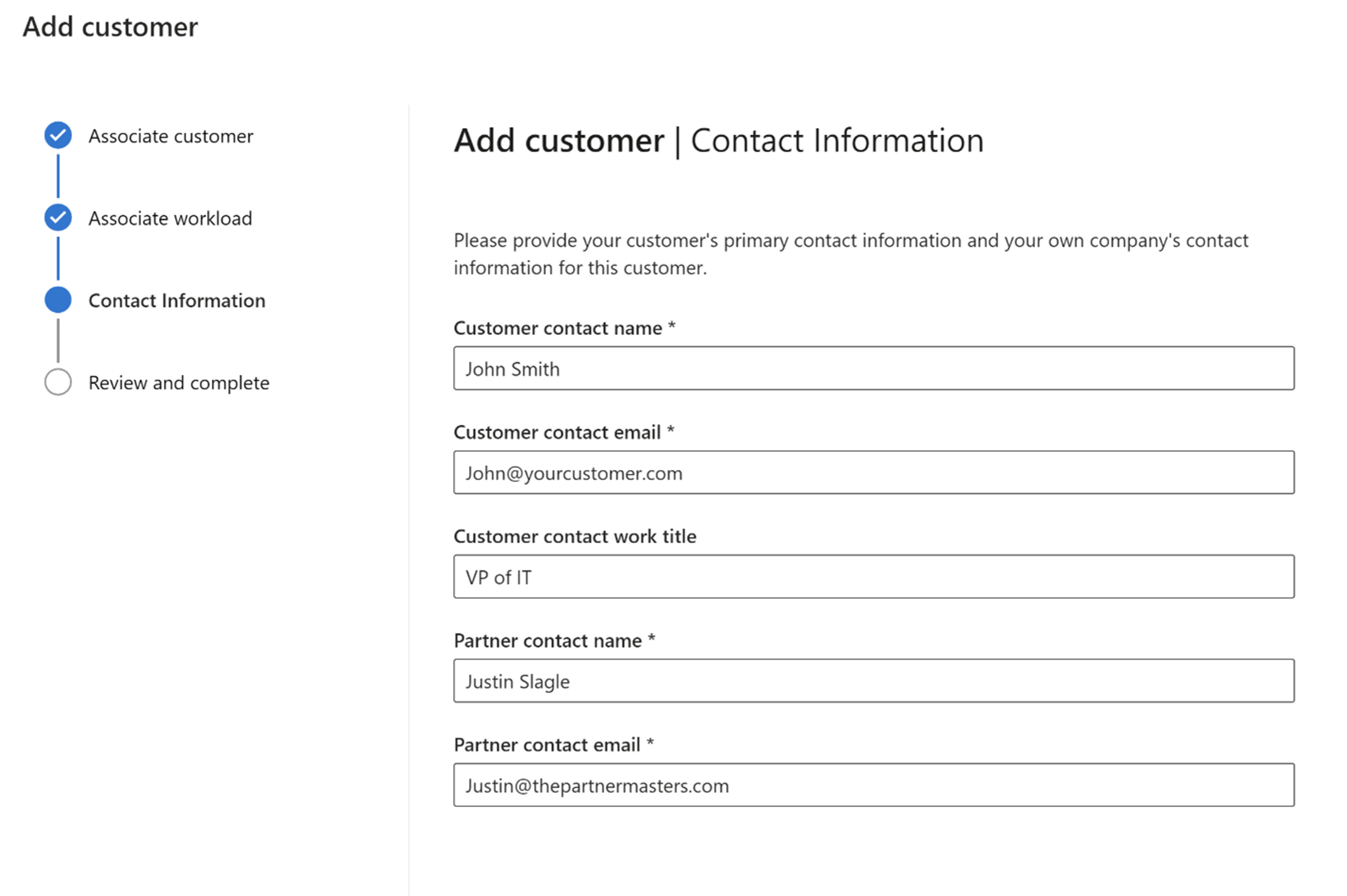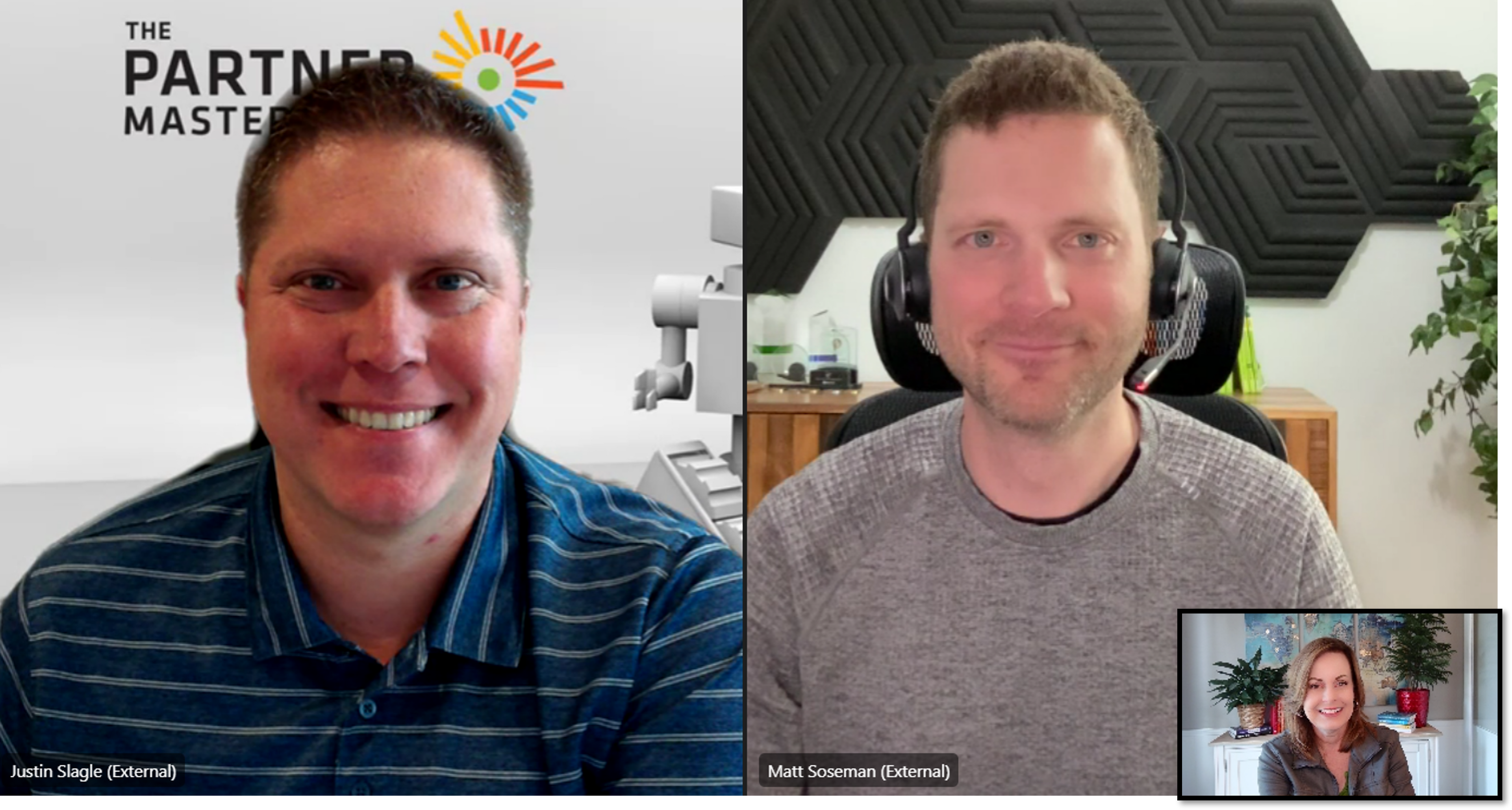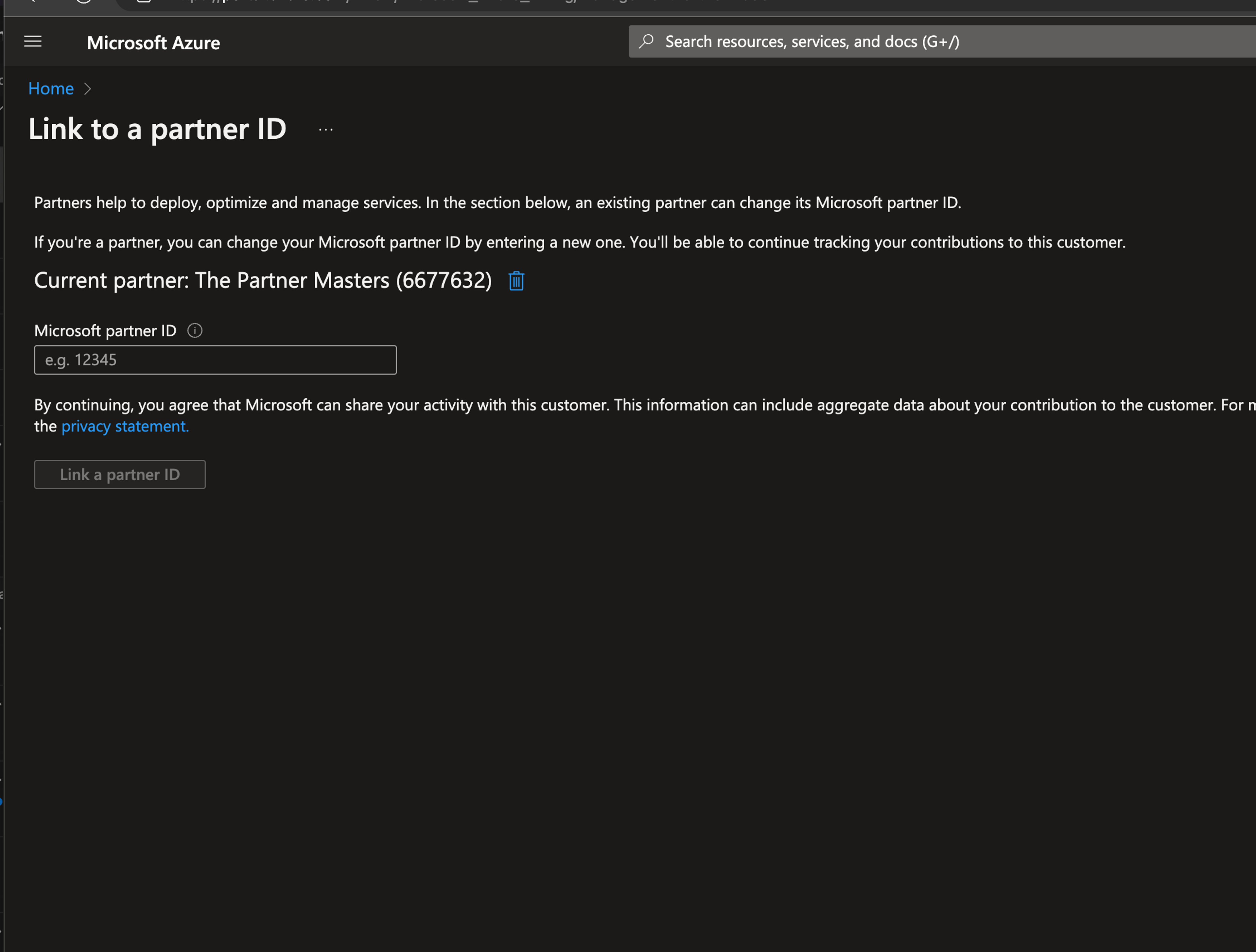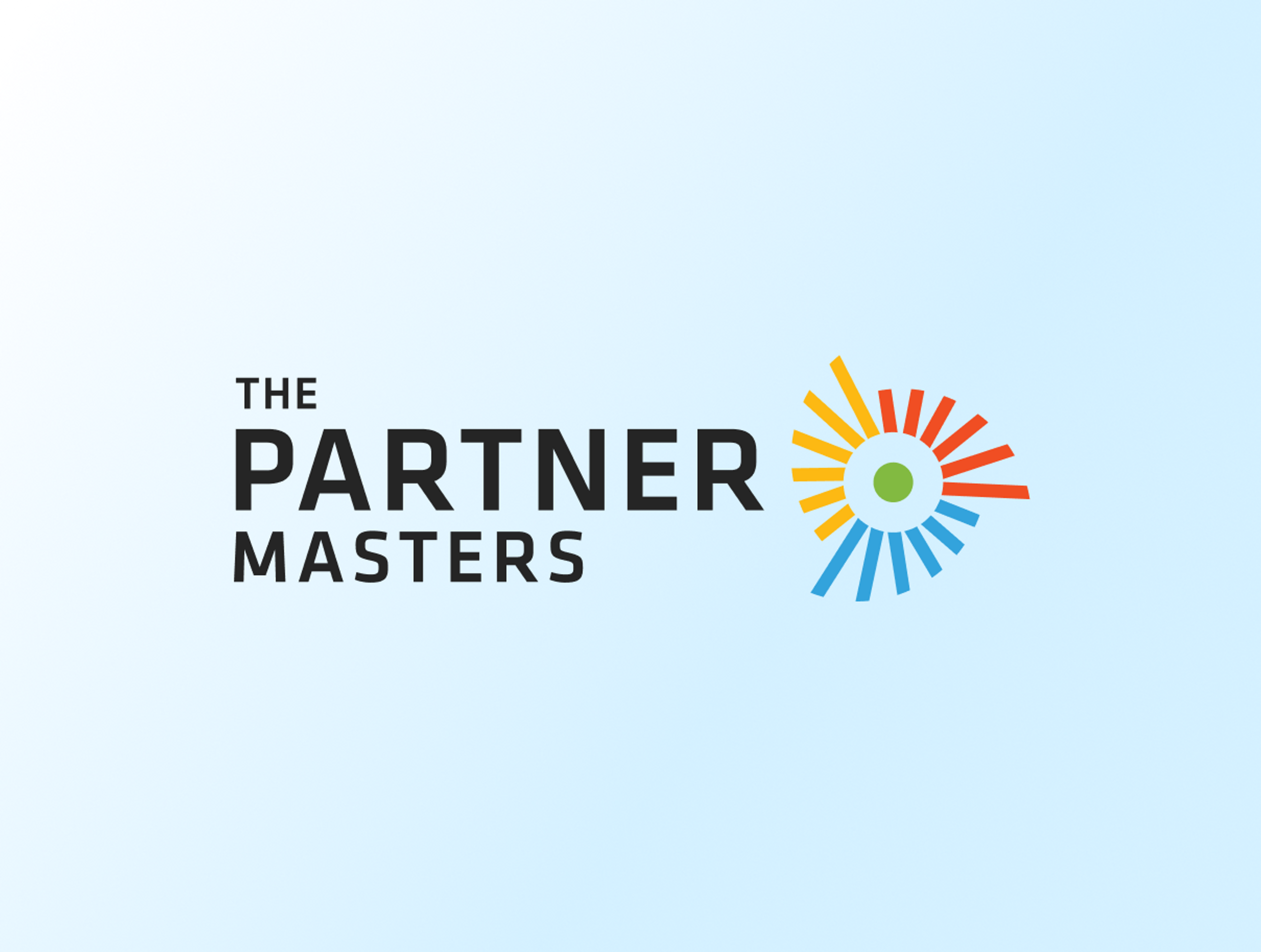
Microsoft Go-To-Market
Building a Business Strategy Aligned to Microsoft Solution Plays
| 5 min read
Every year, Microsoft updates its priorities and solution playbooks to reflect where the company is investing and where it expects partners to drive customer transformation. For FY26, these playbooks have been streamlined into three major solution areas:
- Cloud & AI Platform (Azure, infrastructure, data, AI)
- AI Business Solutions (modern work, business applications)
- Security (remaining a standalone focus)
Within each solution area, Microsoft defines solution plays as strategic sales motions that encompass customer opportunities, partner outcomes, recommended skills, go-to-market assets, incentives, and Co-Sell pathways.
For partners, the message is clear: align your business strategy with Microsoft’s solutions and you’ll be in a better position to grow your pipeline, capture incentives, and win alongside Microsoft sellers. Ignore them, and you risk missing where the market and Microsoft are heading.
From Sales Pitch to Business Strategy
One of the most common misconceptions is that solution plays are just sales scripts. In reality, they function more like a business blueprint. Each play outlines customer opportunities, profitability levers, go-to-market resources, and a structured engagement methodology designed to support the full lifecycle, from marketing to sale to post-sale adoption.
For example, in the Secure AI Productivity play (part of AI Business Solutions), the customer opportunity arises from the end of life of Office 2016/2019 and heightened security concerns. Microsoft provides marketing campaigns, envisioning workshops, and presales funding to help partners move customers onto secure, AI-powered productivity solutions.
By following these structured stages—listen & consult, inspire & design, empower & achieve, realize value and manage & optimize—partners can align their entire sales motion with proven methods that Microsoft itself uses.
AI at the Core of Every Play
If there’s one theme running through the FY26 playbooks, it’s AI. Microsoft has embedded Copilot and AI-driven outcomes into every solution area. Whether you’re leading Azure migrations, modern work implementations, or security rollouts, AI is now the common thread.
This isn’t optional. Customers expect AI-driven productivity and insights, and Microsoft is rewarding partners who deliver it. Plays like "Scaling Business Operations with AI" or "Modernize with Cloud and AI Platforms" highlight how partners can use AI not only to differentiate themselves but also to access incentive funding and Co-Sell opportunities.
For partners still on the sidelines of AI adoption, the playbooks serve as both a wake-up call and a roadmap for action.
Common Pitfalls Partners Face
Many partners struggle not because the solution plays are unclear, but because they only partially execute them. Some jump straight into solutioning without properly listening and consulting, missing critical opportunities to uncover customer needs. Others close the initial deal but fail to check in, track utilization, or expand usage. The result is underutilization; customers purchase tools like Copilot or Intune but fail to utilize them to their full potential, leading to dissatisfaction and churn at renewal.
Another frequent challenge is marketplace alignment. If offers aren’t updated to reflect Microsoft’s current priorities and taxonomy, they won’t resonate with Microsoft sellers, who are measured against scorecards tied directly to solution plays. Outdated offers mean missed Co-Sell opportunities and reduced visibility.
Unlocking Incentives and Co-Sell Opportunities
The solution plays also unlock a wide array of Microsoft incentives and Co-Sell pathways. These range from pre-sales funding that covers assessments and workshops, to transactional rebates tied to license sales, and even post-sales rewards for driving adoption. When used strategically, these programs are much more than margin boosters. A funded proof of concept, for example, can serve as the entry point to a multimillion-dollar migration.
Co-Sell becomes significantly more effective when your offers clearly align with Microsoft’s solution plays. Sellers prioritize what supports their scorecards. By ensuring your offers align directly with those priorities, you make it easier for Microsoft sellers to choose you as their go-to partner.
Skilling: The Foundation of Execution
Even the best-aligned strategy will falter without the right skills in place. Microsoft’s playbooks emphasize that skilling is not only for technical teams but also for sales and business development. Sellers who understand licensing changes, know how to position Copilot, and can articulate the security benefits of new bundles are far more effective in conversations with customers.
The playbooks recommend different skilling paths depending on where your practice is in its journey, from foundational certifications for new teams, to intermediate learning for partners expanding their capability, to advanced specialization training that establishes market leadership. Investing in this training ensures your teams can execute confidently, position your services as high-value, and justify premium pricing.
Bringing It All Together: Align, Execute, Grow
So, how should partners approach building their FY26 business strategy? The starting point is simple: focus on the solution play that best aligns with your current services and growth plans. Then, map your marketplace offers to Microsoft’s taxonomy, incorporate incentives into your sales cycle, and skill your teams to deliver. Most importantly, follow through on every stage of the sales process; listen deeply at the start, inspire with vision, support adoption, and revisit customers to expand over time.
The partners who thrive in FY26 will be those who utilize solution plays as a framework for their business, not just as marketing material, but as a strategy for sustained growth.
Why Work with The Partner Masters
At The Partner Masters, we’ve built our entire approach around helping partners do precisely this. We audit your offers and align them with Microsoft’s taxonomy, guide you through accessing incentives and claiming funding, train your teams on both skilling and sales execution, and provide reporting through our Partner Command Center to monitor utilization and customer association.
Most importantly, we translate Microsoft’s complexity into an actionable business strategy that drives profitability. If you’re ready to align your FY26 plan with Microsoft’s solution plays and turn alignment into growth, we’d love to help.
Reach out to The Partner Masters today to see how we can help you align your business strategy with Microsoft’s FY26 solution plays and maximize your profitability.
